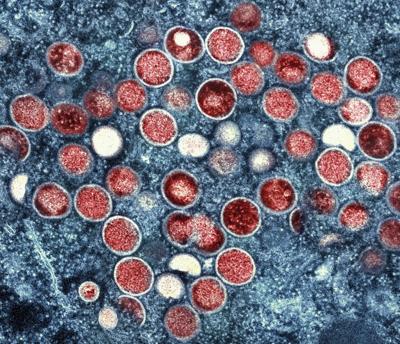DECATUR, Ill. (WAND) — With the U.S. government deeming monkeypox a health emergency, many families are monitoring the virus' spread ahead of the school year.
Health officials haven't deemed schools high risk for the virus and the condition is rare in children, but that doesn't mean kids are completely immune.
Dr. Vinil Bhuma, chief medical officer at HSHS St. Mary's Hospital in Decatur said monkeypox is primarily contracted by extended skin-to-skin contact — and kids can still be at risk.
"The first thing to do [if your child tests positive] is to separate the child and call the primary care provider," Bhuma said. "When you're calling the primary care provider, let the office know you're suspecting monkeypox, that they have the symptoms that might be monkeypox so that appropriate precautions can be taken at the healthcare facility."
Common symptoms for monkeypox include a rash with sores, fever and muscle aches.
To learn more about the signs and symptoms of monkeypox from the CDC, click here.











